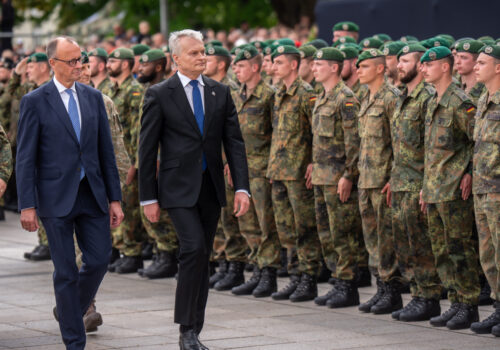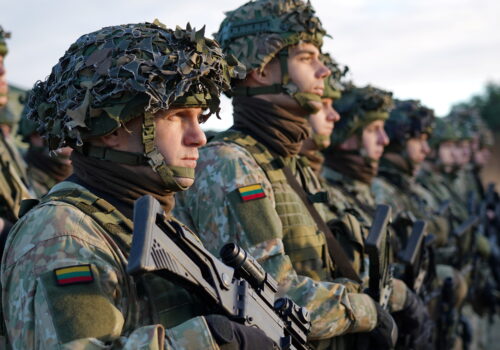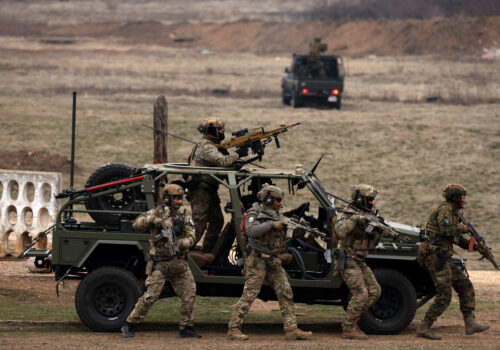NATO allies are preparing for their summit at The Hague this month amid a frenzy of promises about increased defense spending, following US President Donald Trump’s call for allies to spend an unprecedented 5 percent of gross domestic product (GDP) on defense. Since taking office in January, Trump has mused about pulling back US forces from Europe while signaling a willingness to improve relations with Russia and even seize Greenland, a territory of NATO ally Denmark.
European policymakers have reacted to Trump’s moves with shock and doubt about the US commitment to NATO, and some have stepped up their defense pledges accordingly. “We still believe that the ‘N’ in NATO stands for North Atlantic and that our European allies should maximize their comparative advantage on the continent,” US Secretary of Defense Pete Hegseth said last week at the Shangri-la Dialogue in Singapore. “And thanks to President Trump, they are stepping up. An alliance cannot be ironclad if in reality or perception it is seen as one-sided.”
For its part, the European Union (EU) has approved a €150 billion defense funding loan program and allowed its members to exceed normal debt limits for military expenditures. Even before the EU’s moves, allies such as Poland and the Baltic States—who Hegseth called “model allies” in Singapore—were ramping up spending and sounding the alarm over the threat they face from Russia. But too many European allies have not yet increased their defense spending sufficiently.
What explains this contrast? Leading NATO allies (France, Germany, Italy, Poland, the United Kingdom, and the United States) diverge from one another because they face different threats and levels of threat perception. These differences explain each ally’s major defense decisions (defense spending, military structure, and military posture) as well as the ally’s role in and relationship to NATO. I explore this issue more deeply in my forthcoming book on NATO, drawing from ninety-eight interviews with current and former policymakers.
NATO allies’ different threat perceptions can explain much of the current crisis within the Alliance, and they provide the backdrop for what could be a contentious summit.
The United States: China trumps Europe
The Trump administration sees China as the most significant state security threat to US interests. The 2025 Annual Threat Assessment says that “China stands out as the actor most capable of threatening US interests globally.” The administration’s Interim National Defense Strategic Guidance reportedly focuses on the threat of a Chinese invasion of Taiwan as one of two priorities for the Pentagon, along with combating drug cartels.
The Trump administration has cited the threat from China to explain its European security policy. Hegseth said in February that the United States could not remain the primary guarantor of European security, telling allied military leaders in Brussels: “The US is prioritizing deterring war with China in the Pacific, recognizing the reality of scarcity, and making the resourcing tradeoffs to ensure deterrence does not fail.” The Interim National Defense Strategic Guidance reportedly concludes that because of the focus on China, European allies must do more for their own defense.
This view of China can also explain the Trump administration’s policy toward Greenland, an autonomous territory of NATO ally Denmark. Melting sea ice means that Greenland’s location will be critical for those seeking to control Artic sea lanes and it is home to large quantities of rare-earth minerals. US Secretary of State Marco Rubio has stressed that the United States would not use force to seize Greenland but only to protect it from encroachment by China.
This can also explain Trump’s significant, though inconsistent, turn toward Russia. Some have argued that the Trump administration is attempting a “reverse Kissinger,” aligning with Russia to weaken its ties to China. The Trump administration may even be turning toward Russia to pressure NATO allies into taking more responsibility for their own defense, as Victoria Coates, a former deputy national security advisor in Trump’s first term, has argued. Even though Trump has criticized Russian President Vladimir Putin, it is reasonable for European leaders to fear that a grand bargain between Washington and Moscow remains a distinct possibility.
Europe: Divided by diverse levels of threat
Europe is unable to defend itself without the United States. Europe lacks integrated air and missile defense, long-range precision strike, transport aircraft, as well as intelligence, surveillance, and reconnaissance capabilities. European allies are struggling to recruit, train, and equip sufficient troops for NATO’s new force model—doing so in the next decade without the United States would most likely be a bridge too far.
But even faced with these challenges, not every European NATO ally has shown the same level of urgency when it comes to increasing defense spending. The reason is that leading European allies face different threats and levels of threat, limiting the incentives of some allies to act.
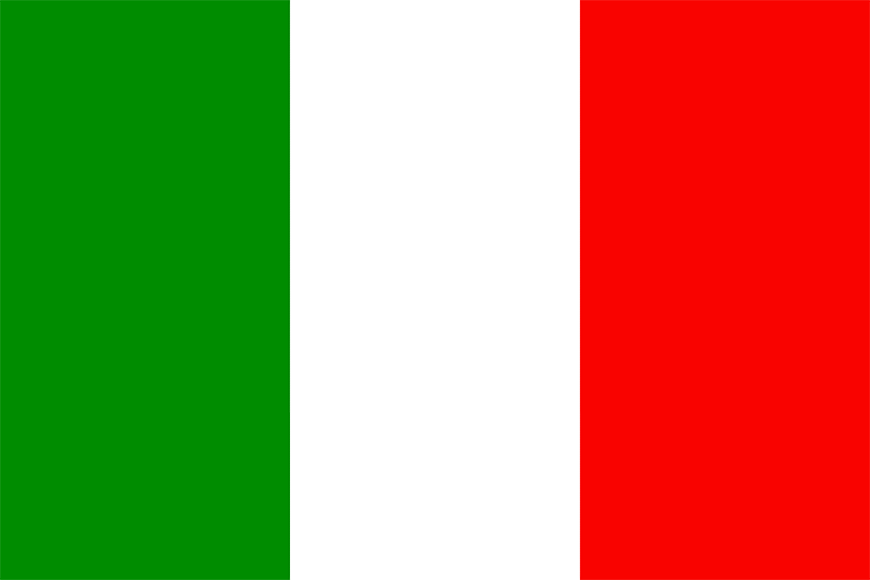
The overwhelming consensus among Italian officials, for example, is that instability in the wider Mediterranean is the most important security threat facing the country. Because addressing this threat does not primarily entail military means, Italy has not felt an urgent need to increase defense spending in response to Trump’s policies. While Italian Prime Minister Giorgia Meloni announced in April that Italy would spend 2 percent of its GDP on defense this year (up from 1.5 percent in 2024), no new funding has been allocated for this yet. What’s more, reporting suggests that the government could reach the 2 percent benchmark largely through accounting changes, such as including its Coast Guard in defense spending.
Meanwhile, from strategy documents and official statements, it is clear that Poland, Germany, France, and Britain all view Russia as their greatest security threat. However, they each have different levels of threat perception, which informs the differing approaches they have taken toward military spending.
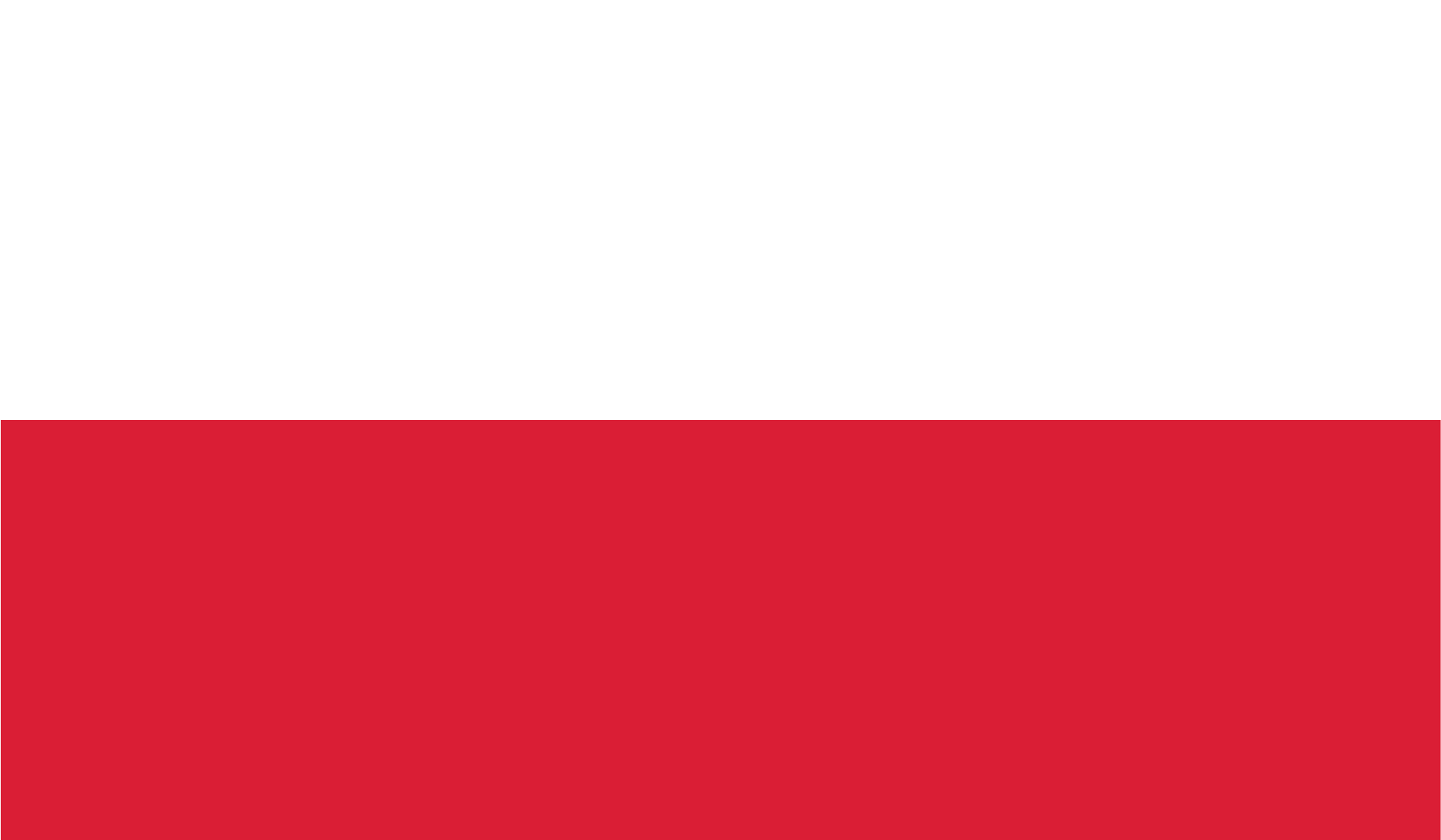
Poland provides the starkest contrast with Italy. Warsaw plans to spend 4.7 percent of GDP on defense this year, up from 4.1 percent last year. Poland’s level of defense spending makes sense given the intensity of the threat it faces from Moscow and its proximity to Russia. Poland’s view is that only a US-led NATO can provide collective defense against the threat from Russia, so it is focused on pushing allies to comply with US demands to keep Washington committed to European security.

Concern that the United States could shift away has also led Germany to spend more on defense. Following Germany’s February election, German Chancellor Friedrich Merz led a successful effort to revise Germany’s constitution to allow borrowing above 1 percent of GDP for defense spending. On April 9, Merz announced a coalition agreement with the Social Democrats, which included a pledge to ramp up defense spending “significantly” to fulfill Germany’s NATO commitments. Germany views any US moves to withdraw from Europe with alarm, and Merz continues to insist that Germany and Europe do more to keep the United States engaged in NATO. Last month, Foreign Minister Johann Wadephul said Germany will “follow” Trump’s demand that allies spend at least 5 percent of GDP on defense.

France’s independent nuclear arsenal gives it an added degree of security against the threat from Russia. While France has used the Trump administration’s statements to push for European defense independence, Paris has not reacted with urgency in terms of its own defense spending. French President Emmanuel Macron has called for a new NATO spending target of 3 percent of GDP on defense but has not proposed a new figure for French defense spending (currently at 2.1 percent of GDP).
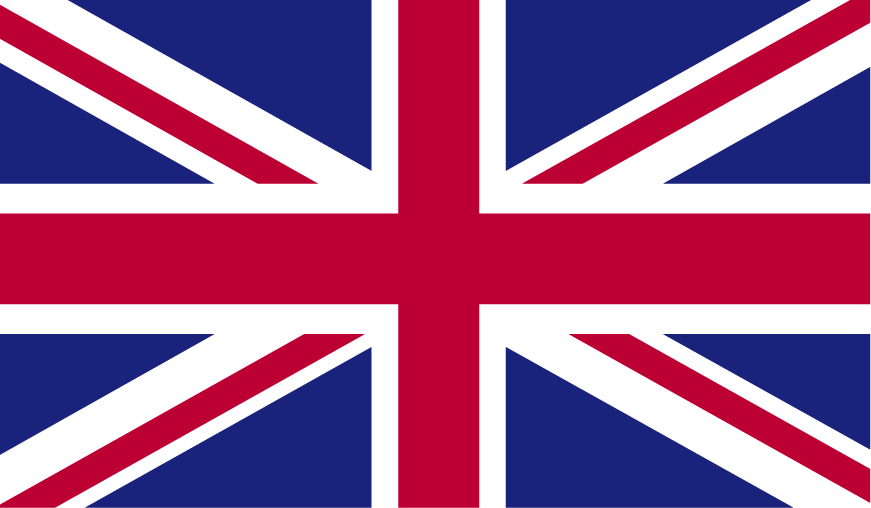
While Britain’s nuclear arsenal would normally provide it with an extra measure of security against Russia, the United Kingdom relies on the United States for its nuclear submarines. As such, the British government has doubled down on its relationship with the United States. British officials have embraced Trump’s criticism of allies who underspend on defense, and Foreign Secretary David Lammy has called for a NATO that is “stronger, fairer, and more lethal.” Just prior to Prime Minister Keir Starmer’s visit to the United States in February, the British government announced that Britain will spend 2.6 percent of GDP on defense by 2028, up from 2.3 percent this year.
Preserving a mutually beneficial relationship
The United States’ greater focus on China and push for Europeans to take more responsibility for their defense are likely irreversible trends. But the NATO Summit in The Hague later this month provides an opportunity for the United States and its European allies to reaffirm their commitments to the Alliance amid these shifting dynamics.
First, the Trump administration should use the summit to work with its European allies on a phased and structured exchange of responsibility for European security over the next decade. Under such a plan, the United States would work with European allies to develop defense capabilities they do not currently have while maintaining the commitment of the US nuclear deterrent.
Second, Trump should take the opportunity to reassure European allies. He should affirm that the United States would come to the aid of any NATO ally that is attacked. Trump should also state plainly that his administration will work with Denmark to bolster the defense of Greenland and that it does not intend to acquire the island by force.
Third, European countries should use the summit to announce further commitments on defense spending. Following through on such commitments will entail costly domestic tradeoffs. The present moment requires courage: European leaders must make the case that significantly more defense spending is necessary because of the threat Russia poses and the United States’ turn toward the Indo-Pacific. Italy’s government in particular will have a challenging task. Because Italians are focused on threats from the Mediterranean, officials in Rome will have to make the case that Russia’s threat to European security matters for Italy. European governments like Italy’s can also make a compelling case that spending more on defense may boost overall economic growth.
If NATO allies take these steps at this year’s summit, they can help build a future Europe more capable of defending itself and an Alliance that better serves both US and European interests.
Jason Davidson is a nonresident senior fellow at the Atlantic Council’s Transatlantic Security Initiative in the Scowcroft Center for Strategy and Security. He is also a professor of political science and international affairs and director of the Security and Conflict Studies Program at the University of Mary Washington in Fredericksburg, Virginia.
Further reading
Fri, May 30, 2025
How NATO’s eastern flank is setting the standard for collective defense
New Atlanticist By Justina Budginaite-Froehly
NATO's eastern flank countries have shown that regional coordination can transform vulnerabilities into strategic assets that enhance deterrence and operational readiness.
Thu, Apr 24, 2025
Dispatch from Vilnius: A NATO ally in Russia’s shadow won’t let history repeat itself
New Atlanticist By James Hursch
The United States is urging its allies to strengthen their own defenses. To ensure it is never again dominated by Moscow, Lithuania is doing just that.
Thu, Mar 13, 2025
NATO’s capability development: A call for urgent reform
New Atlanticist By David Julazadeh
NATO must make major reforms to streamline its capability development process if the Alliance is to keep up with the pace of modern warfare.
Image: Flags flutter as the NATO foreign ministers' meeting takes place at the Alliance's headquarters in Brussels, Belgium April 4, 2023. REUTERS/Johanna Geron.

